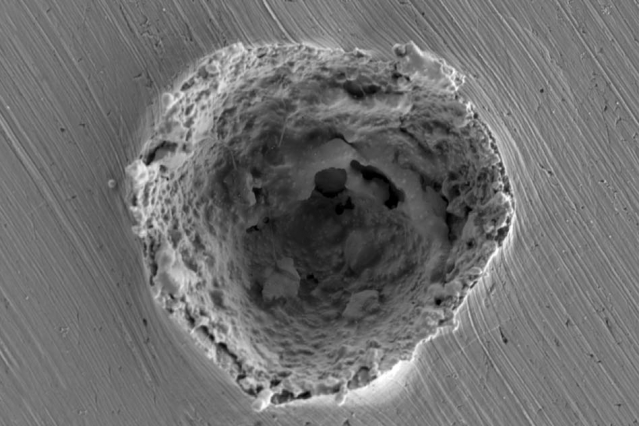If there’s one thing that decades of operating in Low Earth Orbit (LEO) has taught us, it is that space is full of hazards. In addition to solar flares and cosmic radiation, one of the greatest dangers comes from space debris. While the largest bits of junk (which measure more than 10 cm in diameter) are certainly a threat, the real concern is the more than 166 million objects that range in size from 1 mm to 1 cm in diameter.
While tiny, these bits of junk can reach speeds of up to 56,000 km/h (34,800 mph) and are impossible to track using current methods. Because of their speed, what happens at the moment of impact has never been clearly understood. However, a research team from MIT recently conducted the first detailed high-speed imaging and analysis of the microparticle impact process, which will come in handy when developing space debris mitigation strategies. Continue reading “Micrometeorite Damage Under the Microscope”

